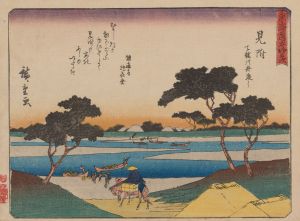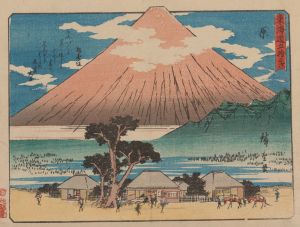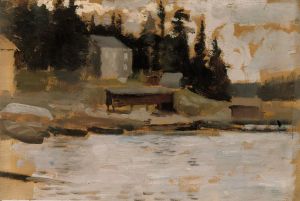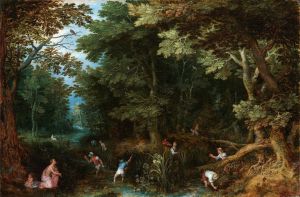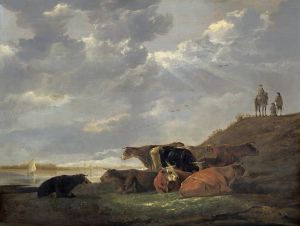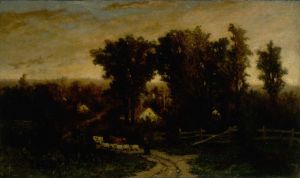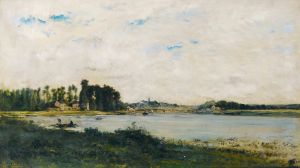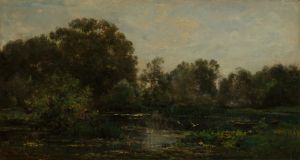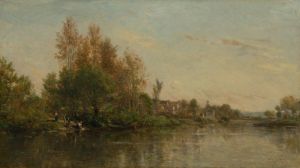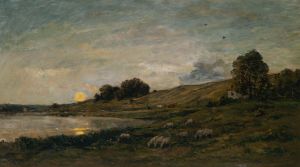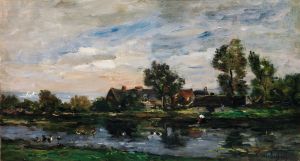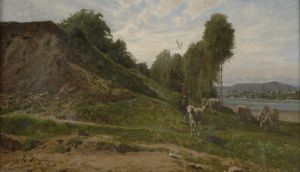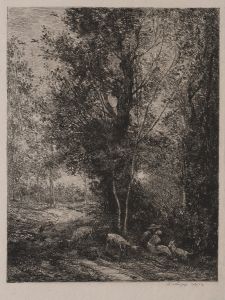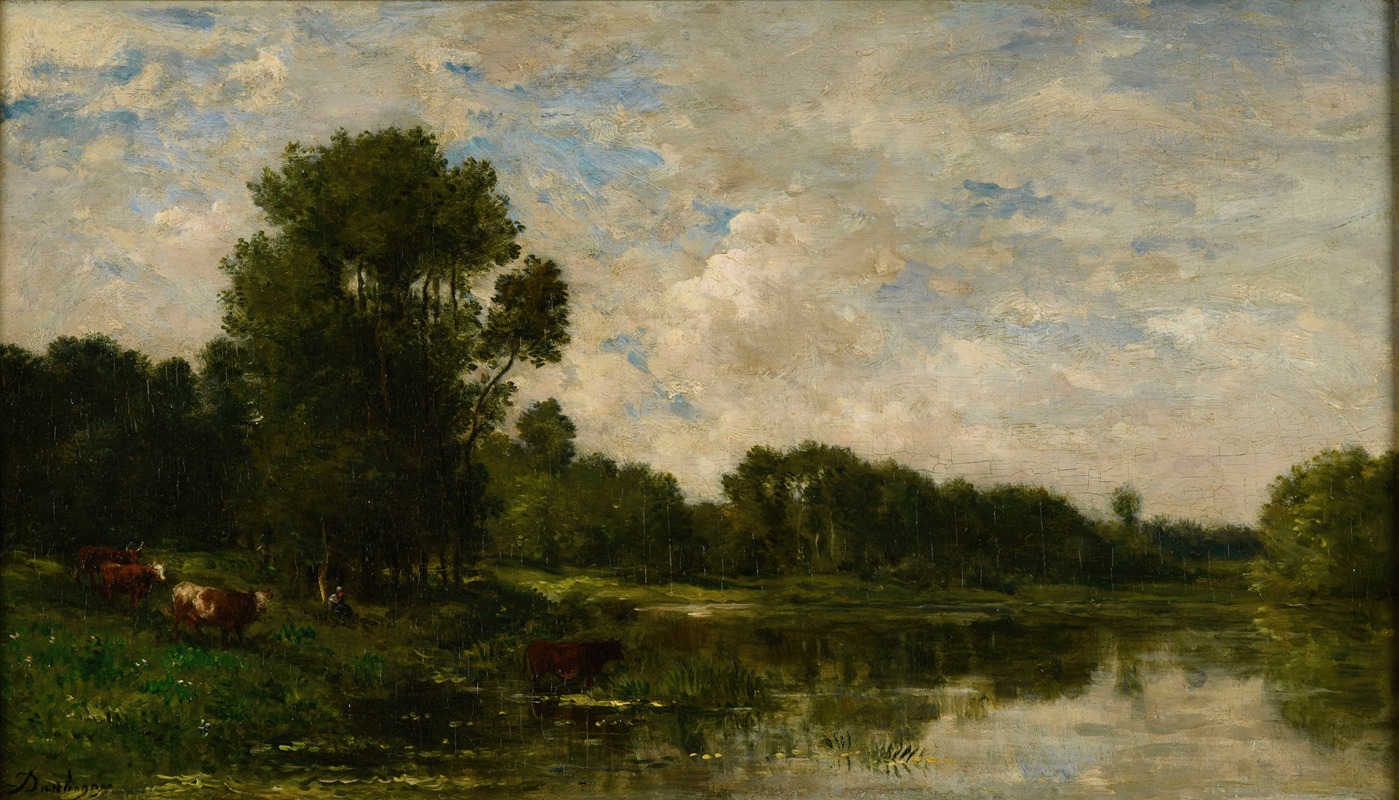
Bords de l’Oise
A hand-painted replica of Charles François Daubigny’s masterpiece Bords de l’Oise, meticulously crafted by professional artists to capture the true essence of the original. Each piece is created with museum-quality canvas and rare mineral pigments, carefully painted by experienced artists with delicate brushstrokes and rich, layered colors to perfectly recreate the texture of the original artwork. Unlike machine-printed reproductions, this hand-painted version brings the painting to life, infused with the artist’s emotions and skill in every stroke. Whether for personal collection or home decoration, it instantly elevates the artistic atmosphere of any space.
Charles François Daubigny, a prominent French landscape painter associated with the Barbizon School, created the painting Bords de l’Oise (translated as "Banks of the Oise"). This artwork exemplifies Daubigny’s dedication to capturing the natural beauty of rural France, particularly the serene landscapes along the Oise River. Painted in the mid-19th century, the work reflects Daubigny’s characteristic style, which emphasizes natural light, atmospheric effects, and a harmonious interplay between land, water, and sky.
Daubigny was known for his innovative approach to plein air painting, a technique that involved working outdoors to directly observe and depict nature. This method allowed him to render landscapes with a sense of immediacy and authenticity. Bords de l’Oise is a testament to this approach, showcasing his ability to convey the tranquil and pastoral qualities of the French countryside. The painting likely features a scene along the Oise River, a location Daubigny frequented and often depicted in his works.
The composition of Bords de l’Oise is marked by its balanced arrangement of natural elements. The river, a recurring motif in Daubigny’s oeuvre, serves as a central feature, reflecting the surrounding trees and sky. The use of soft, muted tones and delicate brushwork creates a peaceful atmosphere, inviting viewers to immerse themselves in the depicted landscape. Daubigny’s attention to detail and his sensitivity to the subtleties of light and shadow further enhance the painting’s realism and emotional resonance.
As a member of the Barbizon School, Daubigny was part of a movement that sought to break away from the formal constraints of academic art. Instead, he and his contemporaries focused on the direct observation of nature and the depiction of everyday rural scenes. Daubigny’s work, including Bords de l’Oise, played a significant role in paving the way for the Impressionist movement, influencing artists such as Claude Monet and Camille Pissarro.
Today, Bords de l’Oise is recognized as an important example of Daubigny’s contribution to 19th-century landscape painting. The artwork is housed in various collections, with some versions or similar works attributed to Daubigny being displayed in museums and galleries around the world. It continues to be celebrated for its artistic merit and its role in the evolution of modern landscape painting.





